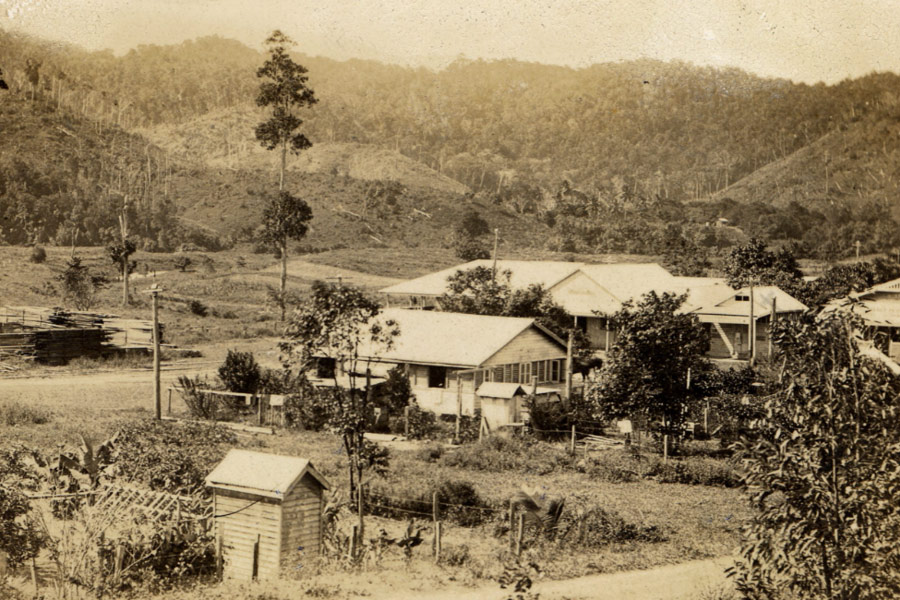
WORDS by Byron Filmer
Nestled on the banks of the Daintree River sits the Daintree Village. Growing up in this small community has made the history of the Village mean a great deal to me. Before writing this piece, I spent time collecting photos, stories, and visiting significant locations to better understand my home's history and document information that may otherwise fade away.
While it might seem a sleepy little town today, its past tells a story of resilience, transformation, and community spirit, from its roots in logging and dairy to an eventual boom in tourism. The Daintree Village was once the furthest north a hire car could venture before the road to Cape Tribulation was sealed.
The Daintree Village is located just 40 minutes north of Port Douglas and sits along the southern bank of the Daintree River, meaning there’s no need to cross the ferry to visit. Many of the old buildings seen in photographs still stand, and the history of the Village lives strong in the locals. Visiting with some knowledge can make the experience so much more meaningful.
The Times of Timber
The story of the Daintree Village began in 1873, when George Dalrymple explored the Daintree River in search of a route to the Palmer River goldfields. Around this time, the first settlers were developing Mossman and Port Douglas. The river was named after Richard Daintree, who ironically never set foot in the region. Dalrymple’s report of abundant Red Cedar quickly drew loggers seeking fortunes. They believed they’d found an endless supply, but by 1888 the industry had collapsed as cedar stocks were nearly depleted and prices plummeted.
Still, that short-lived boom opened the gateway for the area’s first permanent settlers.

